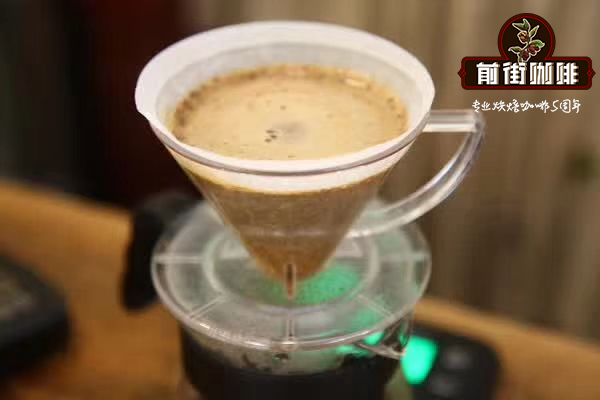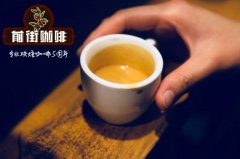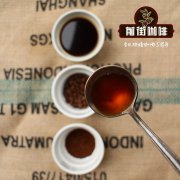Hand-brewed coffee | how to choose bleached filter paper toxic belt you know how to make bleached filter paper

In the past, Melitta Bentz wanted to get rid of the coffee grounds in the cup. As an innovative woman, she tried different filtering methods and found that paper works best. In 1908, she poured the first patent for filter paper and filter paper, and since then she has created many different variants.
Materials
There are many manufacturers, brands and versions of coffee filter paper. Similarly, the specialties of each type of paper vary greatly. Some papers have special holes to optimize flow and then optimize extraction. Like Chemex paper, some are thicker, making the wine noticeably clear, bright and light. Then comes the big question: bleached or unbleached?
Coffee lovers often say that they do not want to use bleaching paper because bleaching is bad for the environment. This may have been the case in the past, but now it is not all.
Chlorine-based treatment
1. Bleaching is done by elemental chlorine. The key word here is "element" because this form of chlorine is a bad person. The elemental chlorine will combine with the organic matter in the sewage to form toxic organochlorine compounds.
two。 This used to be the main bleaching method, but this method is used to process some of the cheapest filter paper to keep the final product price low.
3. Other flavors or smells of coffee may be released. Rinse paper is needed before use.
Oxygen method
1. Completely chlorine-free process (TCF). Bleaching is done by using oxygen-based free radicals.
two。 It will not release any other taste or smell, but it is best to rinse the filter paper before use.
3. In addition to all the current filter paper, it has also been biologically purified.
Method based on chlorine dioxide
1. Elemental chlorine free method (ECF). Chloroprene is not used in the form of chemical elements, but in the form of compounds (chlorine dioxide). This is to prevent chlorine from producing any toxic organic compounds.
two。 It will not release any other taste or smell, but it is best to rinse the filter paper before use.
3. In addition to bleaching, biological purification.
Unbleached
1. A slight odor and / or smell. Be sure to rinse the paper before use.
two。 Because the whole manufacturing process is lighter, unbleached paper is more environmentally friendly. The disadvantage of lighter processing is that some wood fibers are usually left in the final product. This may cause paper holes to be clogged during brewing. This is why it is important to rinse unbleached filter paper before use.
Important Notice :
前街咖啡 FrontStreet Coffee has moved to new addredd:
FrontStreet Coffee Address: 315,Donghua East Road,GuangZhou
Tel:020 38364473
- Prev

espresso coffee| To extract a good espresso, you need to pay attention to a few details.
Professional baristas and hobbyists alike love to complicate things. Complex multi-step brewing recipes and brewing equipment with certain unique features have become standard. Require novel features to be used on espresso machines or brewers without any necessary evidence. I believe we haven't even begun to grasp the basics of coffee yet. Of course, at the beginning optimization is finer
- Next

Ancient coffee producing area of Mocha in Yemen | introduction to "Happy" coffee produced by Haraaz Hanas
Haraaz Hanas in Yemen is one of the nine small coffee producers in the north. The coffee is grown on terraces. There is no data to verify the wild species. What is so special about this bean? Haraaz is a small batch of mochas specially produced for single bean merchants, who only buy ripe red coffee cherries from soybean farmers, rather than those that have been dried and have been harvested for how long.
Related
- Beginners will see the "Coffee pull flower" guide!
- What is the difference between ice blog purified milk and ordinary milk coffee?
- Why is the Philippines the largest producer of crops in Liberia?
- For coffee extraction, should the fine powder be retained?
- How does extracted espresso fill pressed powder? How much strength does it take to press the powder?
- How to make jasmine cold extract coffee? Is the jasmine + latte good?
- Will this little toy really make the coffee taste better? How does Lily Drip affect coffee extraction?
- Will the action of slapping the filter cup also affect coffee extraction?
- What's the difference between powder-to-water ratio and powder-to-liquid ratio?
- What is the Ethiopian local species? What does it have to do with Heirloom native species?

